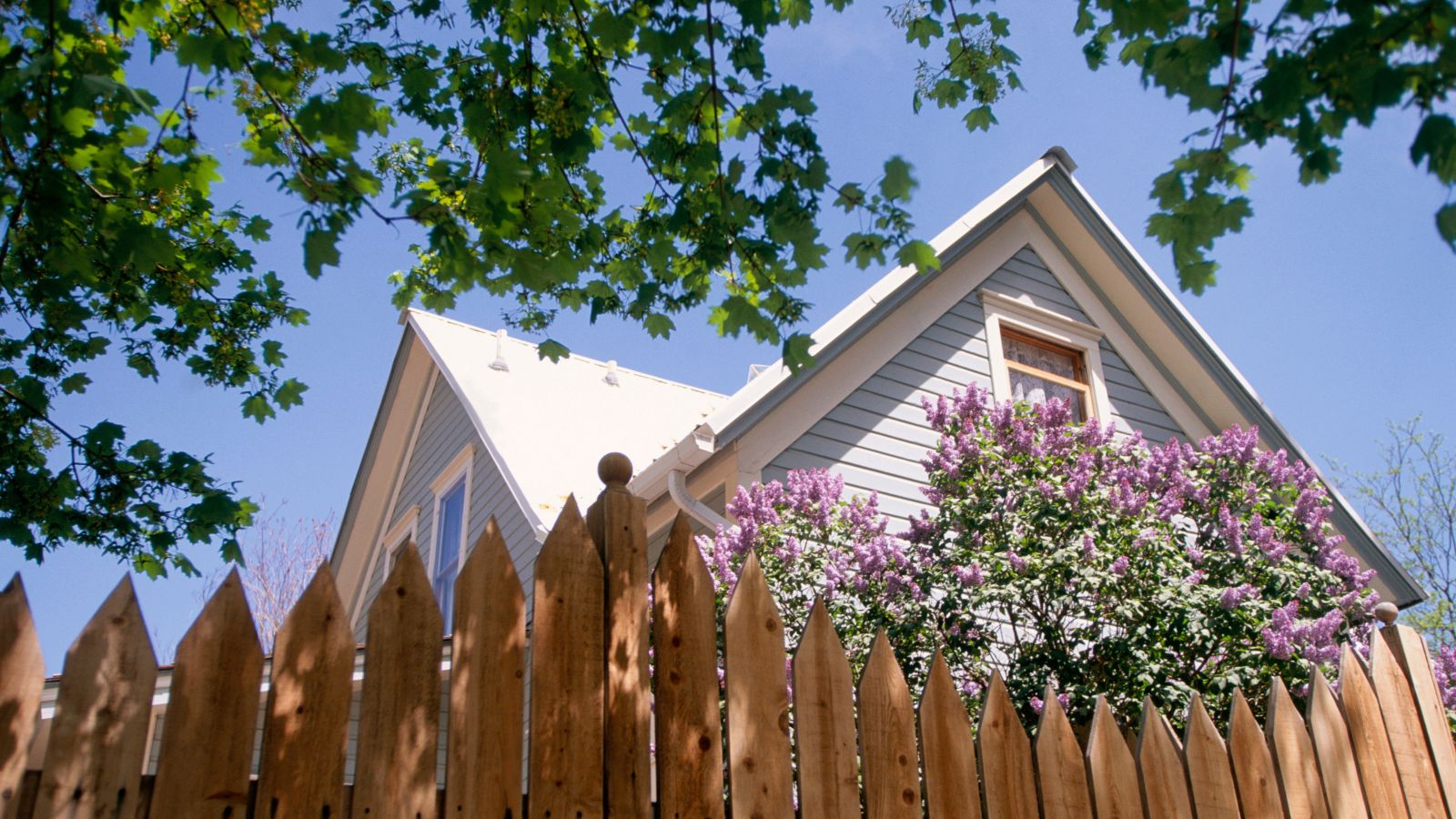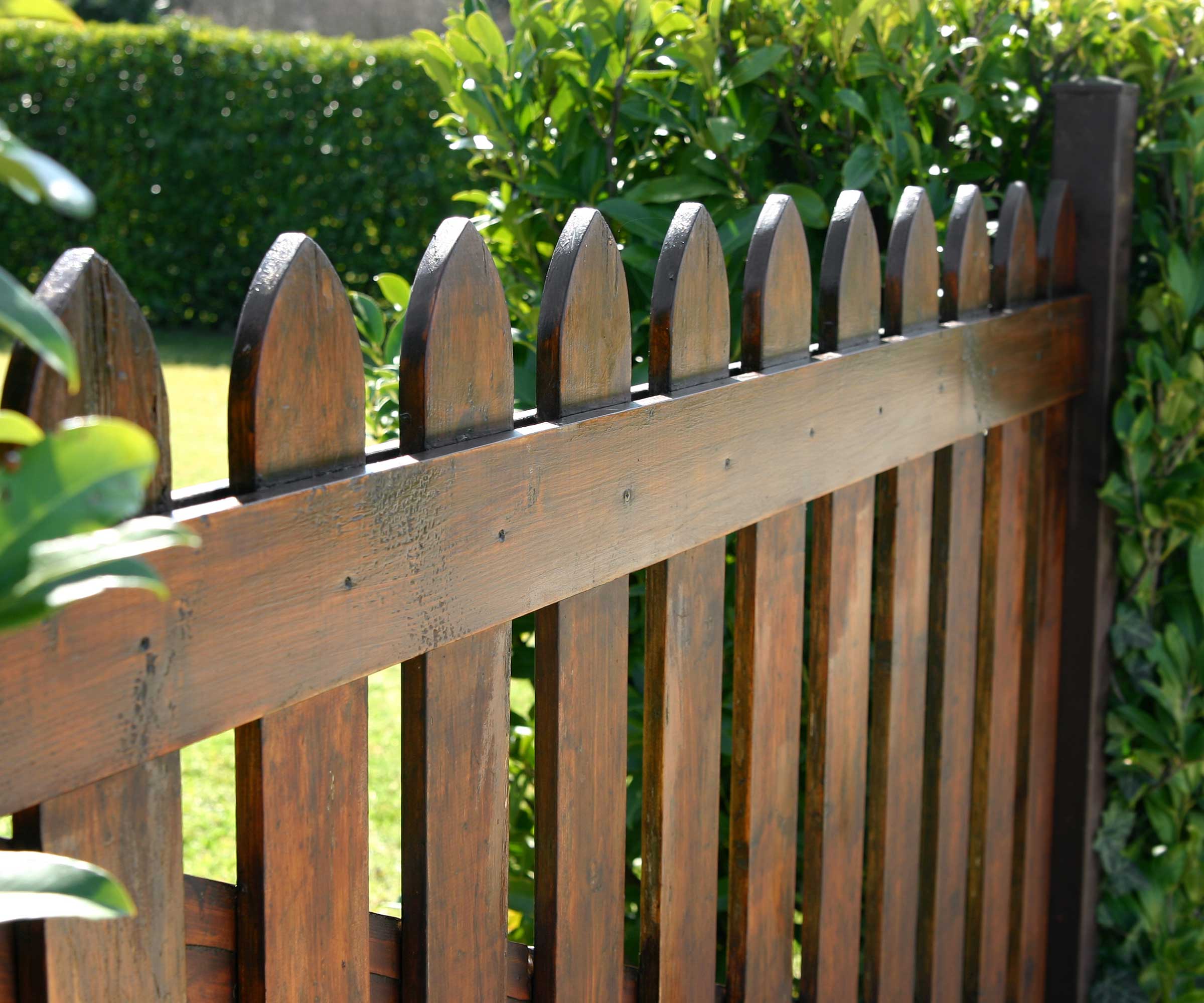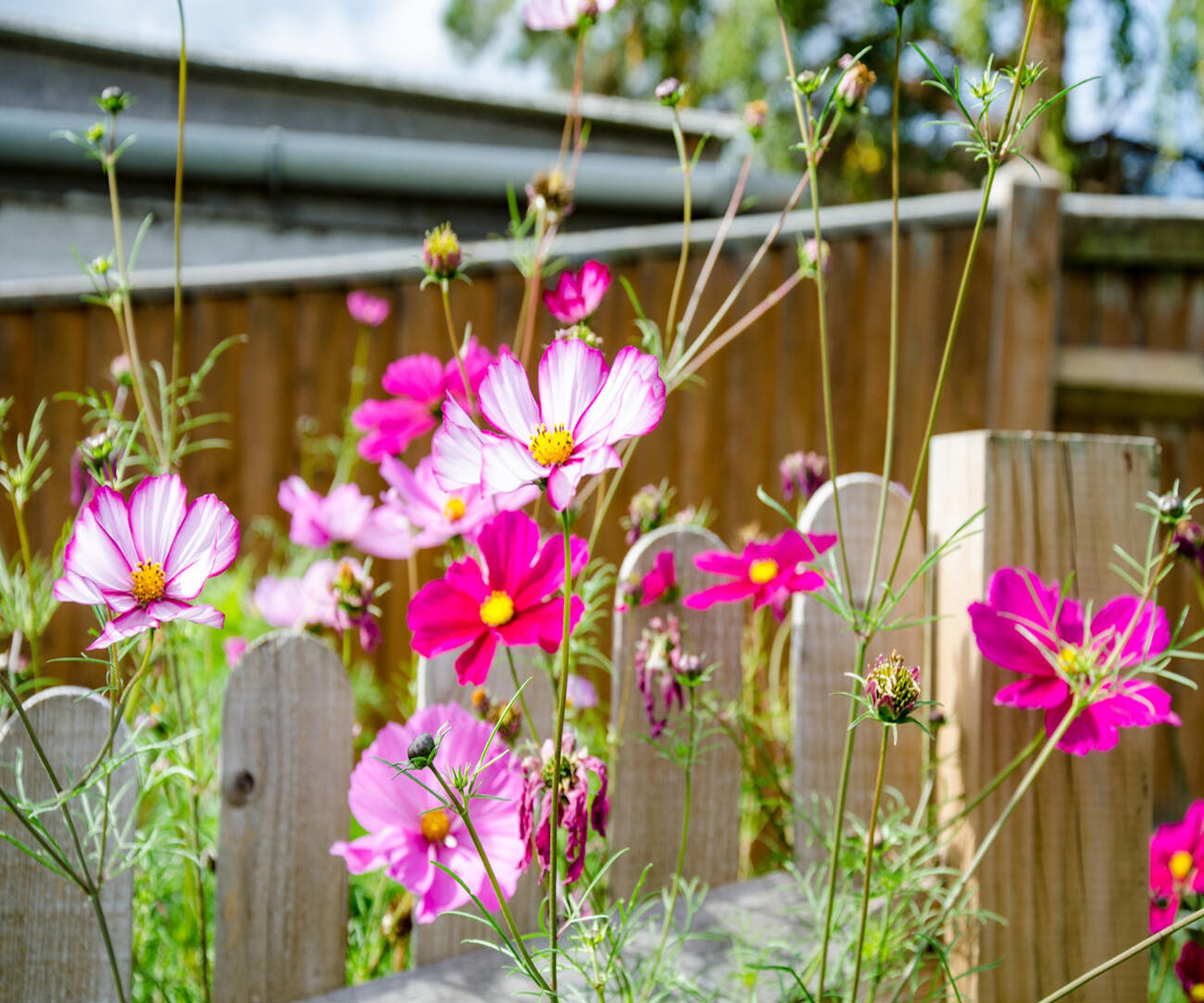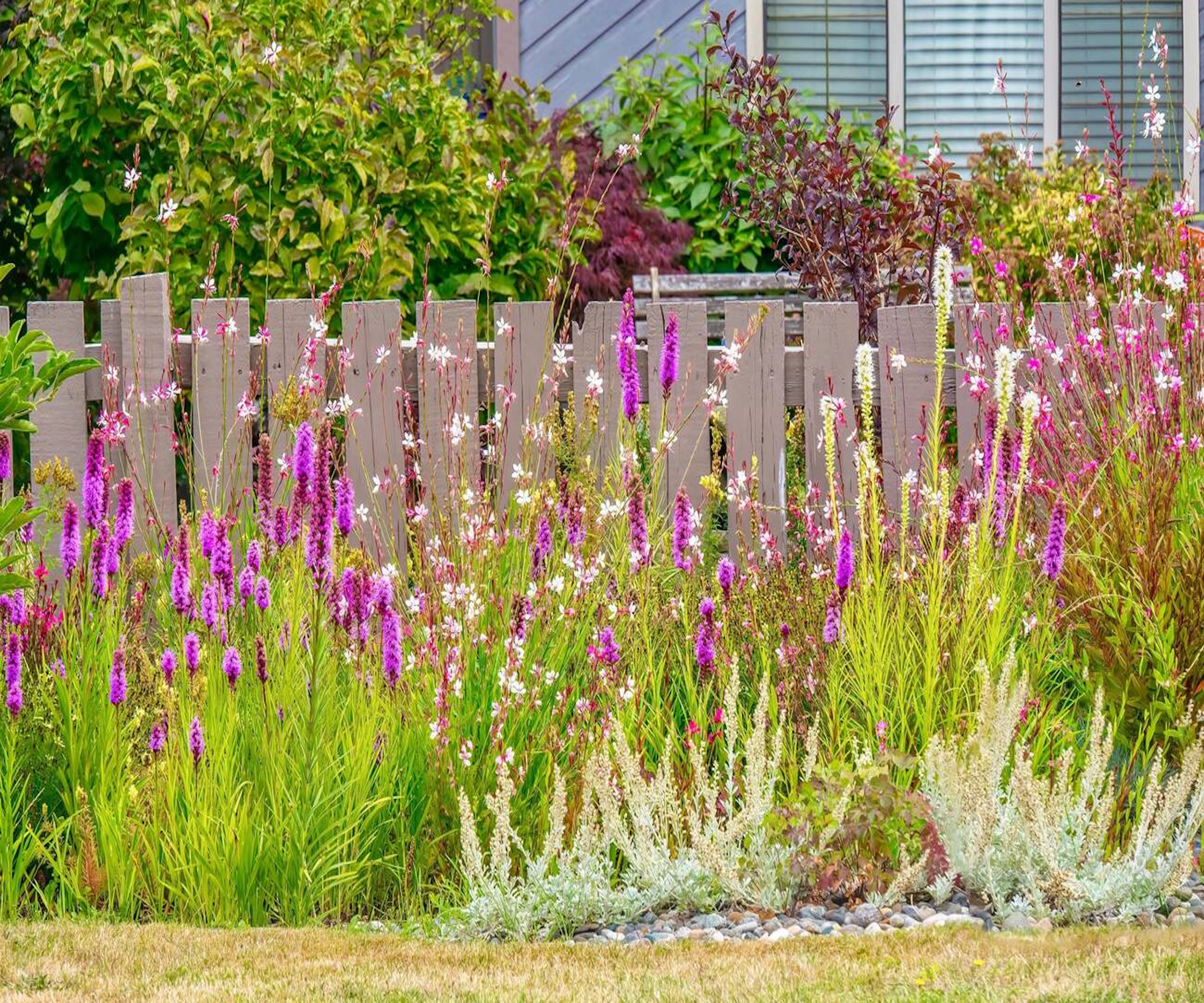
Storms can be incredibly disruptive, and sometimes they can knock your neighbor's trees down - right on top of your property.
Whether pine, magnolia, or fig trees, downed trees can cause a lot of damage and they can be expensive to remove. What's more, things are further complicated by the law. If the tree belongs to your neighbor, it's not immediately obvious who is responsible.
I spoke to an attorney and a professor of law about your rights and obligations. They told me that while it's your responsibility, you may not have to pay out for it.
If my neighbor's tree falls in my yard, is it now my responsibility to remove it?

Unfortunately, in almost every case, you're responsible for removing trees that fall into your yard. Attorney Ben Michael told me: 'If your neighbor's tree has fallen in your yard then you're generally going to be responsible for the removal of that tree.' Legal professor Robert Doud agreed, saying: 'If the tree of your neighbors falls in your yard, it is your responsibility.'
However, the fact that you're responsible for whatever's in your yard is good news. It means that you can take action before a tree falls into your yard. If your neighbor's tree has an overhanging branch in your yard, you can prune it before it's snapped off in a storm. Ben Michael added: 'If your neighbor's tree is hanging over into your yard, you're allowed to prune those branches to hopefully mitigate any damage that may happen in the future.'
If my neighbor's tree falls into my yard and causes damage, are they liable to pay for it

In most cases, your neighbor isn't responsible for damage caused to your property. Unless they've been incredibly negligent or malicious - which is unlikely, as it would be pretty hard to engineer a storm knocking a tree into your yard - your neighbors won't have to pay.
However, while your neighbor won't have to pay, you probably won't have to pay either. Attorney Ben Michael says: 'In the event that the tree has caused damage to your property, your own insurance will step in to cover those costs, which is why having homeowner's or renter's insurance is so important.'
This is a pretty easy thing to sort. Professor Doud told me that the first step is to 'retrieve your property insurance policy and review the terms and conditions such as deductibles. He added: 'The next step is to contact your insurance carrier for damage done to your property and file a property damage claim. If you have property damage estimates, scan them and provide them to your property claim representative.'
What if there's a tree on the boundary - whose responsibility is it to fix it?

All of the above applies if the tree has fallen across both your yard and your neighbors'. You're responsible for the part of the tree which falls in your yard. If half the tree has fallen in your yard, it's your responsibility to cut it up and remove it, or talk to your insurers about removal. You can also liaise with your neighbors to see if you can pool resources and pay to get the tree removed.
Tree law FAQs
Are there laws about where you can plant trees?
Some municipalities and homeowners' associations have laws about where you can plant trees. They may limit planting near fire hydrants and power lines, or in places that limit views on intersections. Some may have laws about how close to fences you can plant trees.
For more help with neighbors and property law, take a look at our guide to whether you can build a pergola next to a neighbor's fence.







